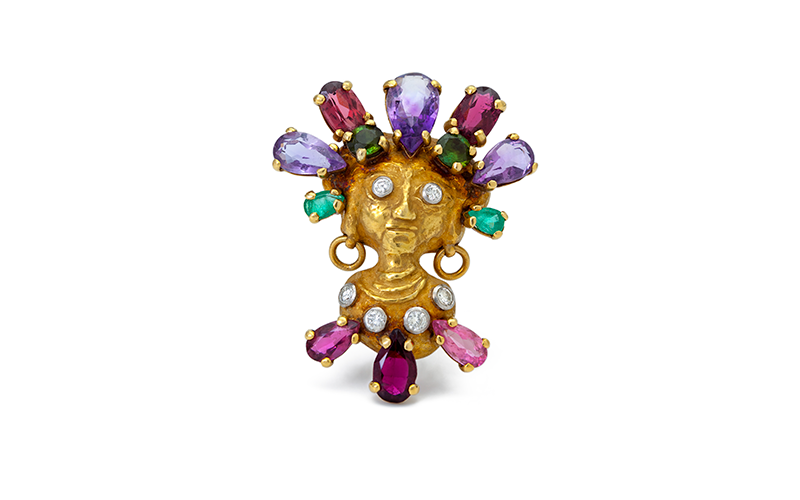- Events & Programs Home
- Calendar
- Accessibility
- Adults
-
Families & Teens
- Families & Teens Home
- 10x10 Teen Art Expo
- Art on the Rise
- Art Together: Art Making for Families with Children Ages 3–5
- Babies Sing with May Festival Minis
- Boy Scouts / Girl Scouts
- CAM Kids Day
- Family Storytime and Gallery Walk
- Family Studio: Art Making for Families with Children Ages 6–12
- Games in the Galleries
- Members-Only Baby Tours
- Public Baby Tours
- REC Reads
- Rosenthal Education Center (REC)
- Saturday Morning Art Class
- See Play Learn Kits
- Summer Camp
- Teachers
- Community Outreach
- Fundraisers
- Plan Your Own Event

- Events & Programs Home
- Calendar
- Accessibility
- Adults
-
Families & Teens
- Families & Teens Home
- 10x10 Teen Art Expo
- Art on the Rise
- Art Together: Art Making for Families with Children Ages 3–5
- Babies Sing with May Festival Minis
- Boy Scouts / Girl Scouts
- CAM Kids Day
- Family Storytime and Gallery Walk
- Family Studio: Art Making for Families with Children Ages 6–12
- Games in the Galleries
- Members-Only Baby Tours
- Public Baby Tours
- REC Reads
- Rosenthal Education Center (REC)
- Saturday Morning Art Class
- See Play Learn Kits
- Summer Camp
- Teachers
- Community Outreach
- Fundraisers
- Plan Your Own Event
Brooch by Afro Basaldella
Brooch by Afro Basaldella
- Home
- Plan Your Visit
- Art
-
Events & Programs
- Events & Programs Home
- Calendar
- Accessibility
- Adults
-
Families & Teens
- Families & Teens Home
- 10x10 Teen Art Expo
- Art on the Rise
- Art Together: Art Making for Families with Children Ages 3–5
- Babies Sing with May Festival Minis
- Boy Scouts / Girl Scouts
- CAM Kids Day
- Family Storytime and Gallery Walk
- Family Studio: Art Making for Families with Children Ages 6–12
- Games in the Galleries
- Members-Only Baby Tours
- Public Baby Tours
- REC Reads
- Rosenthal Education Center (REC)
- Saturday Morning Art Class
- See Play Learn Kits
- Summer Camp
- Teachers
- Community Outreach
- Fundraisers
- Plan Your Own Event
- Give & Join
- About
- Tickets
- Calendar
- Exhibitions
- Collections
- Blog
- Shop
- Art
- Exhibitions
- What, Me Worry? The Art and Humor of MAD Magazine
- Recall. Reframe. Respond. The Art of Paul Scott
- Rediscovered Treasures
- Special Features
- Upcoming Exhibitions
- Past Exhibitions
- Online Exhibitions
- Explore the Collection
- Provenance and Cultural Property
- Conservation
- Meet the Curators
- Digital Resources
- Art Bridges Cohort Program

Afro Basaldella (Italian, 1912–1976), designer, Mario Masenza (Italian, 1913–1985), maker, Necklace with Three Pendants, late 1940s–early 1950s, gold, sapphires, rubies, diamonds
Audio Description
This brooch was designed around 1950 by Italian Afro Basaldella, who lived from 1912-1976. It was made in Mario Masenza’s workshop, who was also Italian and lived from 1913-1985.
A diminutive brooch, this piece of jewelry is made of yellow gold with a matte finish. It is a bust with a sculpted leprechaun-like face with hair that sticks up off the head made of faceted emeralds, amethysts, tourmalines, and rhodolite garnets in green, teal, lilac, and red. The eyes on the face are faceted diamonds. Each ear lobe is pierced with a gold ring. The neck of the figure has three raised lines that create concentric semi-circles around the neck. The upper torso has a semi-circle of four faceted diamonds, and protruding from the bottom are a faceted purple tourmaline, a red ruby, and a pink amethyst.
Label Copy
This brooch was designed around 1950 by Italian Afro Basaldella who lived from 1912-1976. It was made in Mario Masenza’s workshop, who was also Italian and lived from 1913-1985.
The almost comical, leprechaun-like face of this small brooch has a sculptor’s touch in its gold surface. It is characteristic of the often rough-looking surfaces Afro created in his expressionistic paintings in the 1950s. This tactile element evokes the work of jewelers of the 1960s and ‘70s. However, this diminutive brooch remains rather demure, almost charming, in great contrast to the larger scale and seemingly rough work created by jewelers in the following decades. In addition, Afro has added riotously colored, faceted precious and semi-precious stones, mimicking his own highly chromatic paintings of the period. Such a cacophony of color was generally an unusual choice for the avant-garde jewelers of the 1960s and ‘70s.
Cincinnati, OH 45202
Toll Free: 1 (877) 472-4226
Museum Hours
Museum Shop
Terrace Café
Library
Cincinnati Art Museum is supported by the tens of thousands of people who give generously to the annual ArtsWave Campaign, the region's primary source for arts funding.

Free general admission to the Cincinnati Art Museum is made possible by a gift from the Rosenthal Family Foundation. Exhibition pricing may vary. Parking at the Cincinnati Art Museum is free.
Generous support for our extended Thursday hours is provided by Art Bridges Foundation’s Access for All program.

General operating support provided by:



